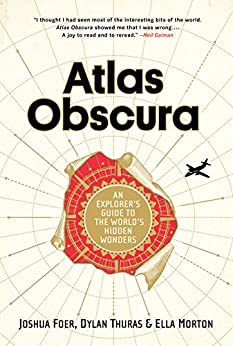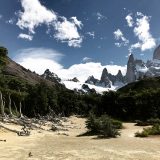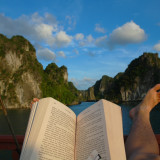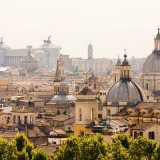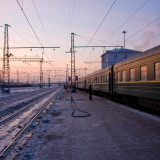5 Free Iceland Hot Springs + How to Travel to Iceland Safely During COVID-19
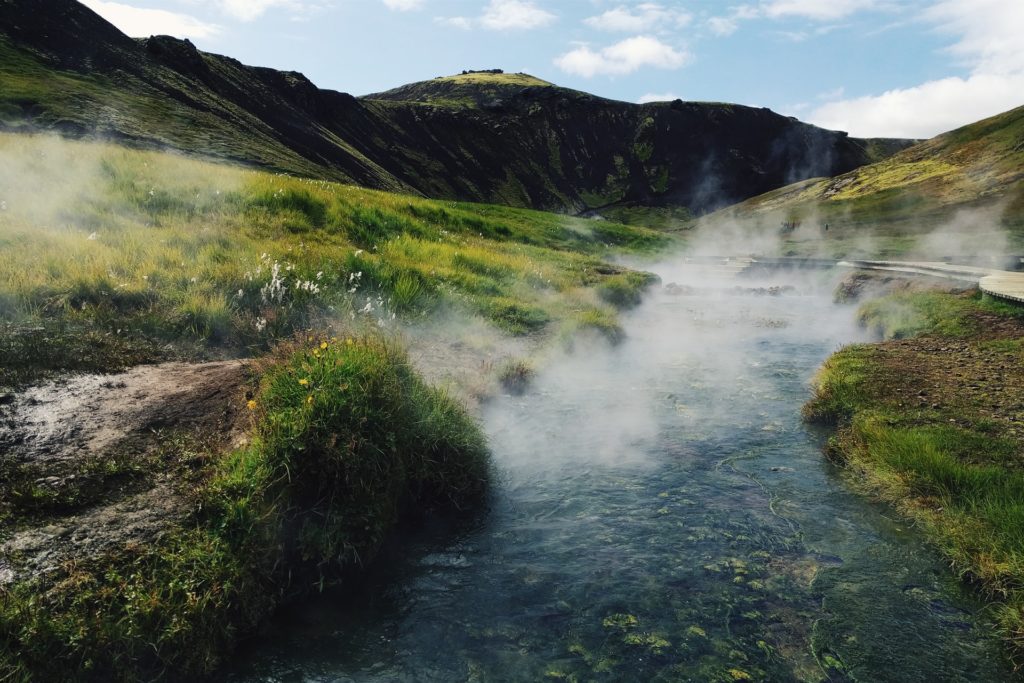
I just got back from a trip to Iceland last week, and travelling during this COVID-19 pandemic was quite something! Luckily, Iceland is packed full of outdoor adventures so you can still feel safe and comfortable exploring the best of what this amazing destination has to offer. Iceland hot springs are one of the best natural features of the country, and you can find them all over.
Don’t miss my tips below to learn more about what it’s like to travel to Iceland during COVID-19, including mandated safety precautions like testing and quarantining.
5 free Iceland hot springs
One of my favourite things to do in Iceland is to visit traditional Iceland hot springs or “hot pots”. Many of the bigger places like the Blue Lagoon are currently only taking limited bookings for safety. Plus I prefer the idea of smaller, authentic ones where the locals go, so I went on a Hot Pot Crawl!
If Iceland is on your post-COVID-19 bucket list (and it probably should be) these lesser-known hot spring spots are well worth a visit. Plus, they’re free!
Seljavallalaug
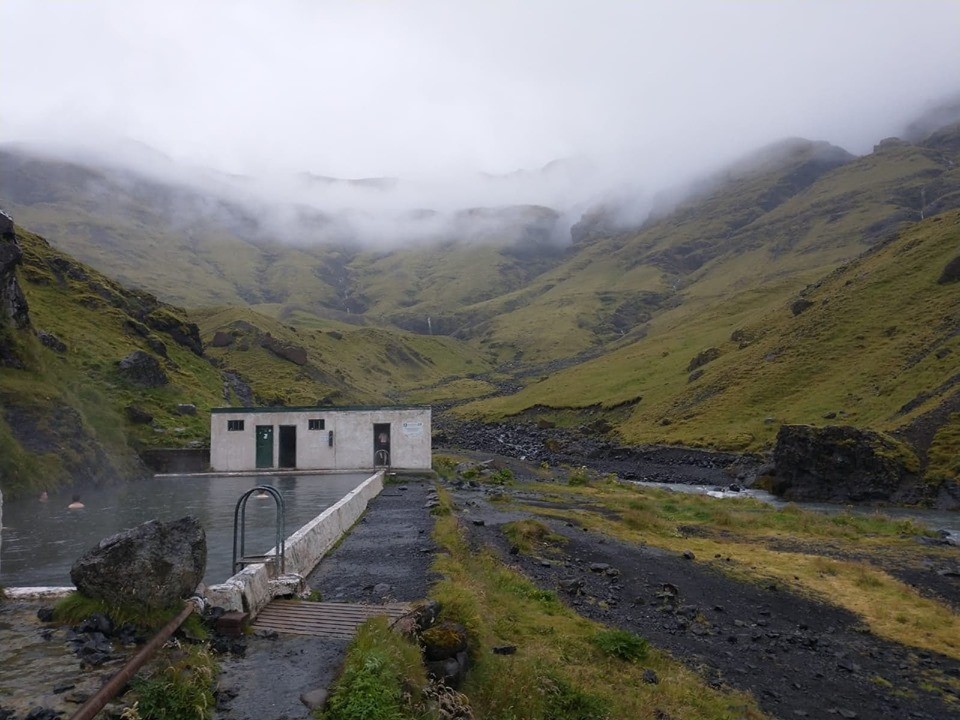
One of the oldest in Iceland, this pool was built in 1923 for teaching locals to swim and is located on the south coast near the town of Vik. Probably the most well-known on this list, this is a heated swimming pool long enough for swimming laps in.
A 20-minute walk from the car park (at the end of gravel road 242), the pool is hiding in a valley in the mountains right by the river.
It’s cooler than the rest, so probably not suitable for winter. But plenty warm enough in the summer. The views are amazing! Be warned, it can have a bit of algae in the bottom. There’s also a little changing hut to leave your clothes in. GPS: 63.5656°, 19.6076°
Djúpavogskörin
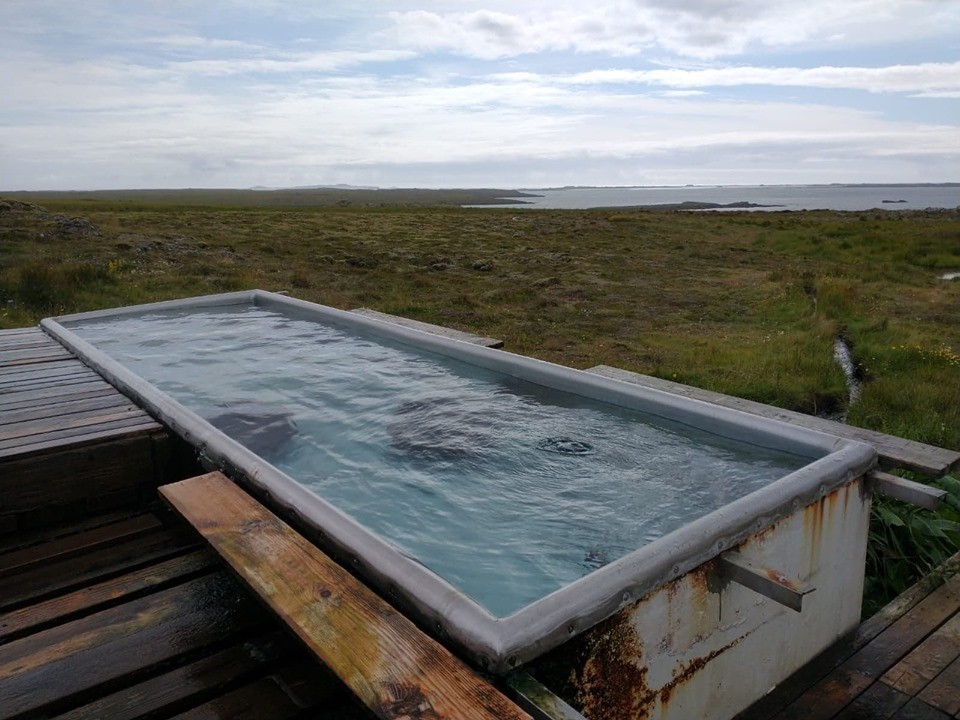
Close to the ring road (route 1), just before the small town of Djupivogur, you can find this lovely hot pot. It is around 42C, and the cleanest hot pot I’ve been in. Sit on one of the two seats inside and enjoy views of the sea and mountains in the distance.
There aren’t many facilities here, just some decking around the pool and a stand for hanging your clothes on, so be prepared to change in your car. It’s hidden from the road by a small hill, but you can see the car park from the road. GPS: 64.653803, -14.341653
Hörgshliðarlaug

If a dip in a farmer’s pool right next to a fjord appeals, then this is the spot for you (just make sure you ask the farmer first!). Found in a secluded spot in the Westfjords, the temperature is about 45C. The water is lovely to relax in but not quite as clean as the previous pool on this list. The views more than make up for it though!
The pool is right by the sea, so when you get too hot you can just pop in for a quick dip (watch out for jellyfish though, there were loads all over Iceland when we were there). There’s a nice little changing room there too which is helpful.
The pool is found off road 61 on road 643 (on the east side of the fjord), right by the road with a few parking spots. GPS: 65.831019, -22.628762
Reykjafjarðarlaug
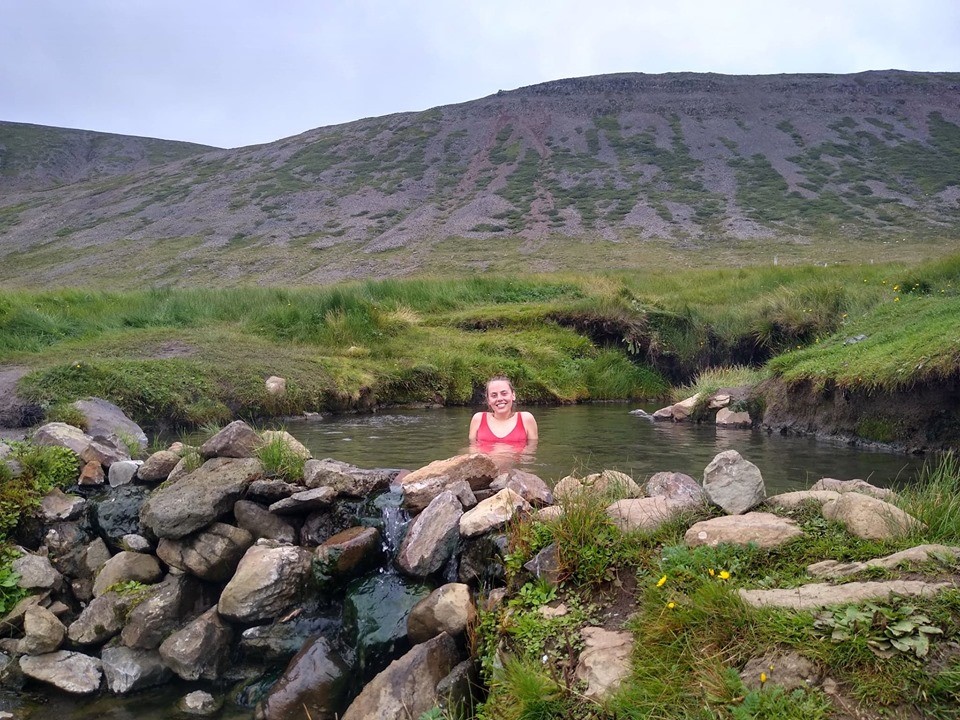
Another beautiful spot in the Wesfjords right by the sea, there are actually three pools here. One is a small, natural hot spring surrounded by grass that is around 40C (I liked this one the most).
The other two pools are blue swimming pools, filled with geothermal water. One is much cooler than the other (and also quite green) and they are both cooler than the natural pool. These pools are right by the sea and almost look like infinity pools.
There are two gendered changing rooms here and even a toilet!
The swimming pools are easily seen, but the natural pool is back past the car park to the left. Easily accessed from road 63 in the Westfjords. GPS: 65.622813, -23.467903.
Hellulaug
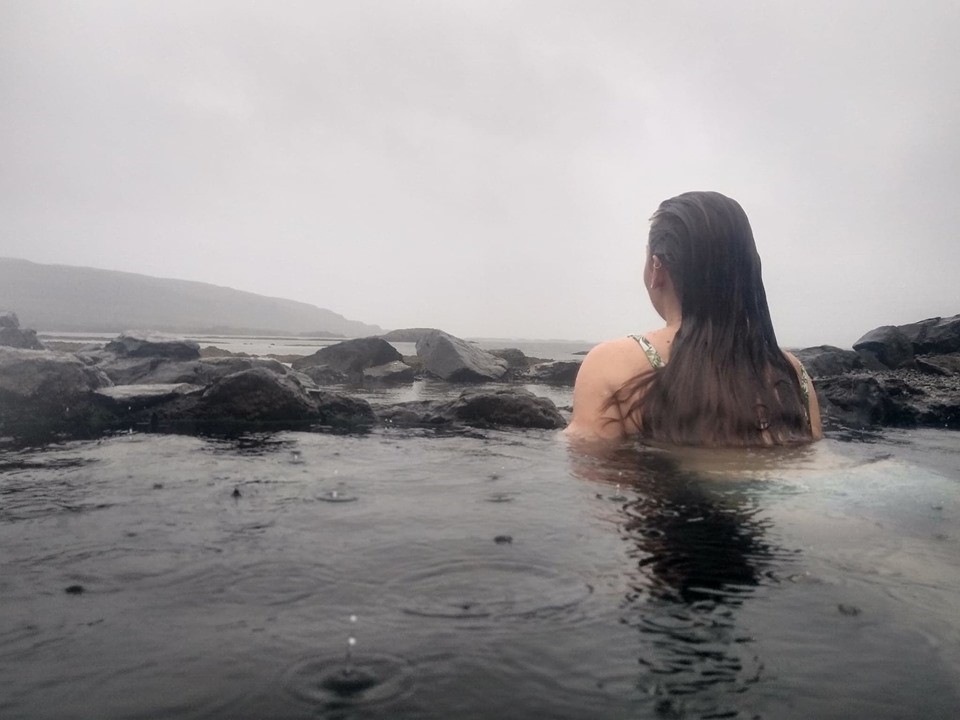
The final pool of my trip was this lovely pool on the beach, also in the Westfjords. Around 35C, and built directly into the rocks on the beach, this is a sheltered spot with amazing views.
Right by the car park, and well signed, this pool is easy to find. However, there are no changing facilities here. We visited in the rain, and the spot was magical. GPS: 65.577164, -23.159489.
Know of any other off-the-beaten-path Iceland hot springs not on this list? Let us know in the comments below!
Looking for more Iceland travel ideas on a budget? Don’t miss How to Visit Iceland on a Budget.
What you need to know about Iceland’s COVID-19 measures
For those of you who haven’t yet travelled abroad during this time, here’s what has changed:
- Masks: Everyone is meant to wear a mask at all times, from entering your departure airport until leaving your arrival airport (unless you’re eating/drinking). You must bring your own mask, they aren’t provided.
- Shop closures: In both Luton and Reykjavik, many shops were totally closed. Many also had distanced queues outside and limited customer numbers inside.
- Staggered debarking: While boarding the plane seemed the usual scrum, debarking was done row by row on both planes. All the seats on my plane were full as usual.
- Food on the flight: A very limited service was provided.
- Quarantine and testing on arrival: When I visited, entry of under 10 days required testing on arrival, and a second test for trips of longer than 10 days. However, the rules have since changed and as of publication, everyone must quarantine for 4-5 days on arrival in Iceland, and take 2 separate tests.
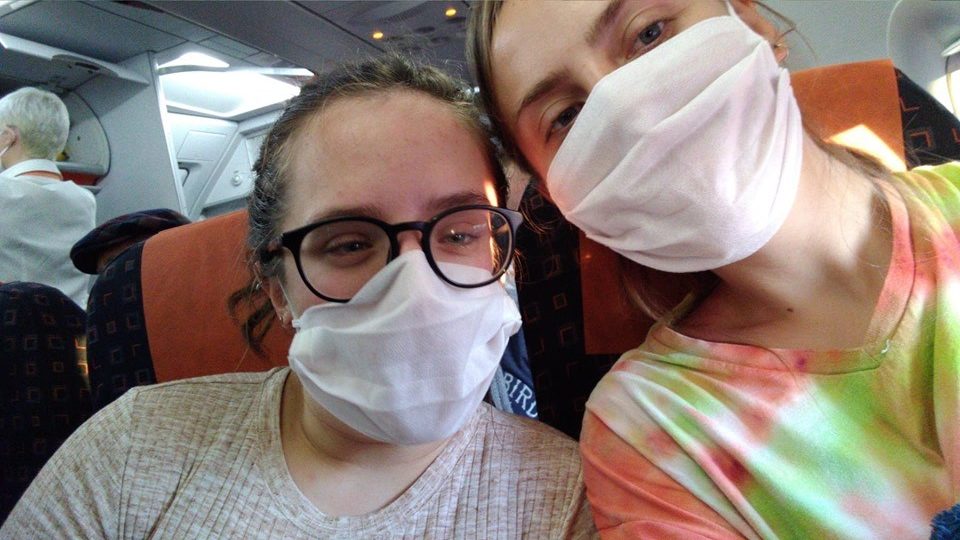
How Iceland COVID-19 testing works
Testing involved pre-booking online 72 hours before arrival (GBP£50). On arrival I had to scan my code and enter an organized testing area with a row of booths similar to passport checks. Socially distanced queues were in place behind each booth, where you entered and had a throat then a nose swab carried out. It was all very quick, organized, and although the nose swab was quite uncomfortable, overall it was fine! My result came back as negative in 4 hours (you wouldn’t get that in the UK!) and I was free to go about my trip as normal.
Navigating Iceland’s airports
A word of warning: When I visited, Luton Airport was one of the most stressful places I’ve ever been. Nobody was wearing their mask or standing far enough apart, and there didn’t seem to be anyone enforcing the rules.
Reykjavik, however, had stricter adherence to distancing measures and staff were enforcing distancing wearing full face visors. There was also very well organized testing on arrival.
Travelling around Iceland
Iceland itself wasn’t very different from pre-COVID-19 times, with social distancing in shops and restaurants the only main difference from when I visited in December. Masks are only needed when you are unable to remain 2 metres away from someone.
Iceland was a great destination to travel to during this pandemic. Most of the activities are outdoor-based, making it easy to stay away from people, and tourist numbers are way down compared to normal so everywhere was much less crowded. They take things very seriously, have very low numbers, only currently allow visitors from certain countries, and I felt very safe during my whole visit.

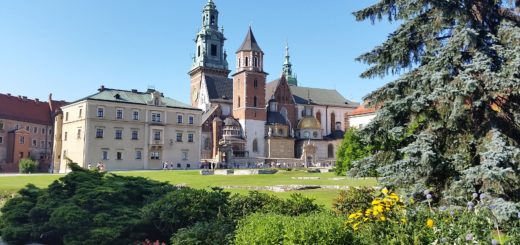
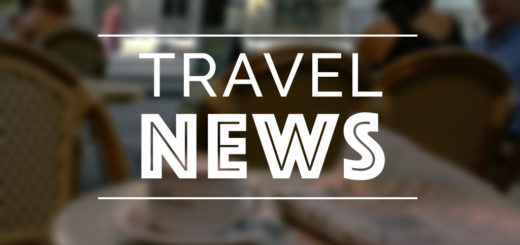


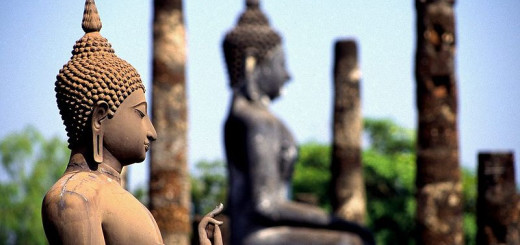
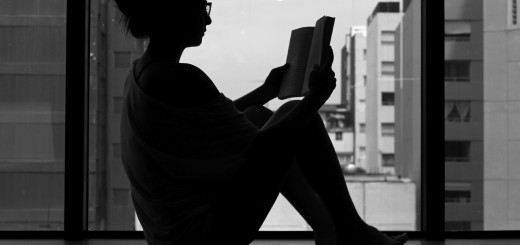
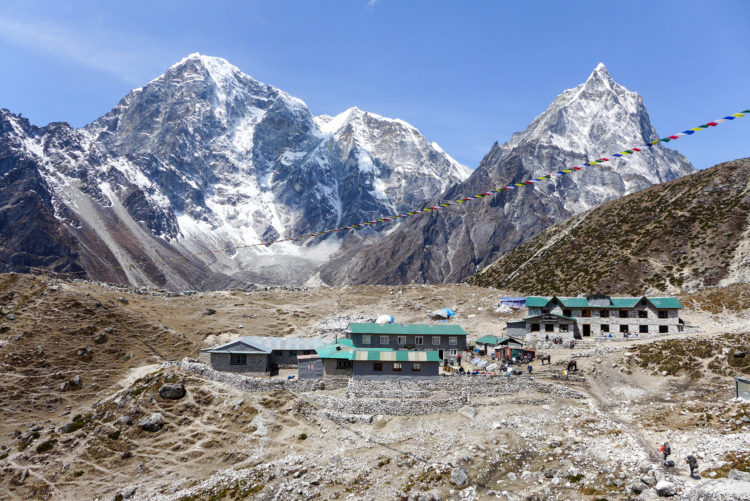 Almost all the tea houses in
Almost all the tea houses in 
